Practical Effects for Horror: DIY Tricks for Indie Filmmakers
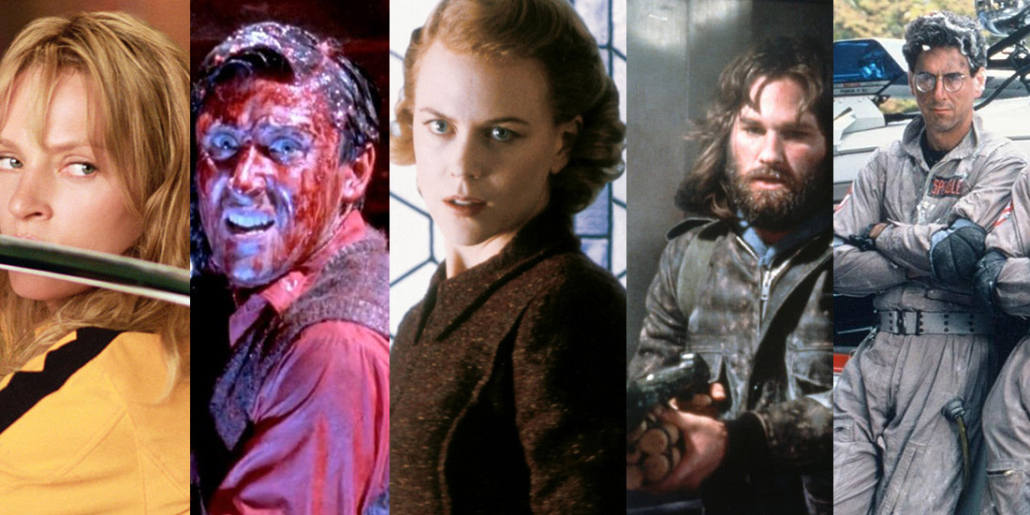
Think back to the heart-pounding, unforgettable chest-burster scene in Alien.
When that gruesome creature tears through Kane’s chest, it’s not CGI—it’s practical effects at their gory best.
This legendary moment in horror cinema was achieved using practical effects that made the scene feel disturbingly real.
For independent filmmakers, especially those venturing into horror, practical effects offer a hands-on, budget-friendly way to craft scenes that leave a lasting impression.
So how can you create jaw-dropping, memorable horror scenes without breaking the bank?
Let’s dive into a few tried-and-tested practical effects you can experiment with in your next indie horror project.
What are practical effects in film?
Practical effects, or special effects (SFX), are the real, tangible effects created on set that happen right before the camera.
Think makeup, animatronics, miniatures and even explosions that are filmed in real time.
Unlike visual effects, which are typically added in post-production, practical effects involve real-world materials and craftsmanship to bring a scene to life.
In horror, practical effects are particularly beloved because they give filmmakers a chance to create physical scares that feel more organic and immediate to both actors and audiences.
From gushing blood to creepy creatures, practical effects have been the cornerstone of some of the most iconic moments in film history.
Now let’s look at how you can recreate some of these effects on a budget:
1. Fake Blood
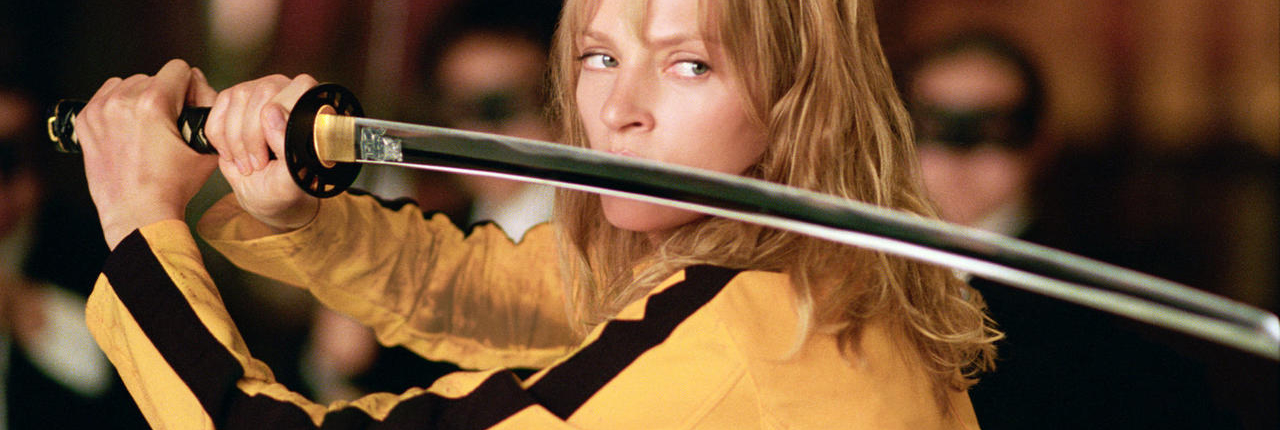
Whether it’s a subtle trickle or a full-on waterfall, fake blood adds a crucial shock factor to your scenes. And the best part? You don’t need expensive props to make convincing blood—just a few kitchen ingredients.
Real Movie Example
Quentin Tarantino’s Kill Bill series is a masterclass in the art of stylized violence, with fake blood playing a starring role in some of its most iconic scenes.
In Kill Bill: Volume 1, the legendary fight between The Bride and the Crazy 88 gang becomes a visual spectacle, largely due to the gallons of blood spraying across the screen. The fight is a blend of classic martial arts choreography and over-the-top gore, with practical effects amplifying the action.
Tarantino intentionally leaned into the exaggerated use of fake blood, taking inspiration from grindhouse cinema and samurai films. It wasn’t just for shock value—the continuous fountains of blood created a surreal and almost operatic feel, elevating the violence into a form of high art.
For indie filmmakers, Kill Bill is a perfect reminder that practical effects can transform a simple scene into something unforgettable, even when done on a modest budget.
Pro tip: Be mindful of staining! Some food coloring can be difficult to remove from skin or clothes. Use it sparingly if you’re not planning on a full-on bloodbath.
Check out this tutorial for a step-by-step guide on creating fake blood.
2. Fake Intestines
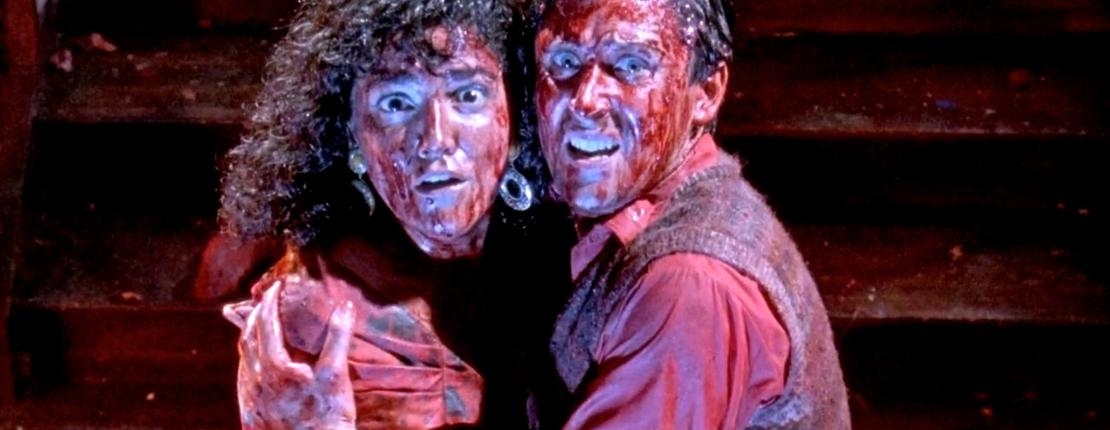
Few things gross out an audience like the sight of intestines spilling out of a body.
While this effect might seem daunting, it’s surprisingly simple to pull off with basic materials.
Real Movie Example
Peter Jackson’s Braindead (also known as Dead Alive) is a cult classic known for its wild, over-the-top gore, particularly in its use of fake intestines.
In one of the film’s most memorable scenes, Lionel, the protagonist, faces off against a zombified creature whose intestines come to life and attack him.
The intestines, made of latex and filled with slimy substances, slither and wriggle like sentient creatures—turning what could have been a gruesome moment into something hilariously grotesque.
Jackson’s team relied on practical effects and simple materials like latex, rubber tubing and fake blood to create this scene. The intestines were manipulated manually by the crew, adding to the absurdity and dark humor of the moment. Despite the film’s low budget, the practical effects helped Braindead stand out for its creativity and charm.
Pro tip: Keep your intestines flexible so they can move naturally on screen. You don’t want them to look stiff or plastic-like.
Follow this quick tutorial on how to make fake intestines.
3. Projector Ghosts
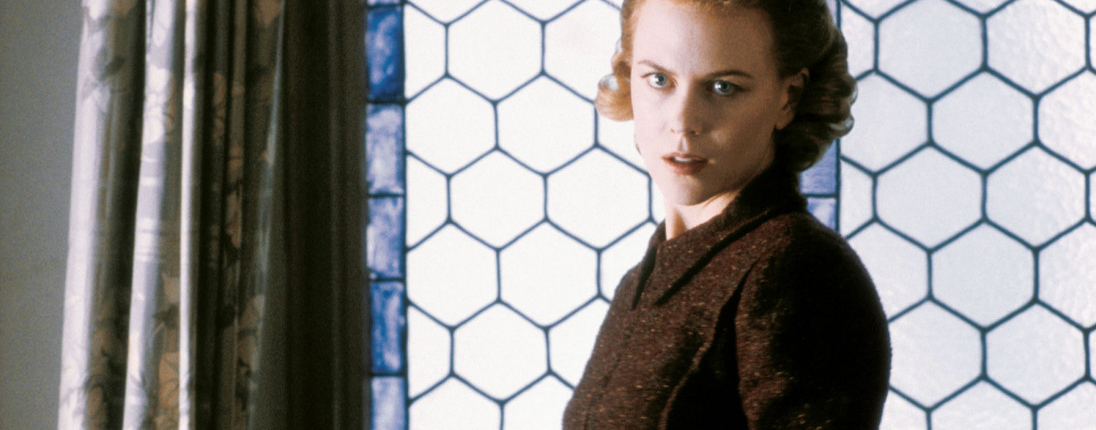
There’s something undeniably spooky about a ghostly apparition floating through a dark hallway. With a little creativity, you can achieve this classic effect using just a projector.
Real Movie Example
In The Others (2001), director Alejandro Amenábar keeps things subtle but spooky with some clever practical effects, including the use of projection techniques to bring ghostly figures to life.
One especially eerie moment shows these specters appearing thanks to projected images and carefully manipulated lighting, giving the impression that spirits are quietly lurking around the house. Instead of turning to CGI, Amenábar sticks with old-school tricks like rear projection and soft, controlled lighting to build the atmosphere.
This method lets ghostly figures fade in and out of sight, almost as if they’re part of the walls themselves. The result? A haunting presence that feels more real—and way creepier—than any computer-generated effect.
Pro tip: Play around with the opacity of your ghost visuals. This will make them appear even more ethereal and less solid.
Here’s a quick guide on how to create your own projector ghost.
4. Prosthetics
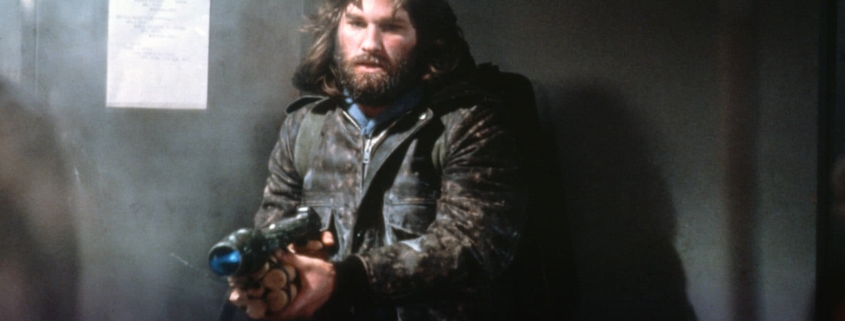
When it comes to transforming actors into terrifying monsters, creatures or zombies, prosthetics are your best friend.
While Hollywood productions use custom molds and expensive materials, you can achieve impressive results on a budget with some DIY skills.
Real Movie Example
John Carpenter’s The Thing (1982) is a fan favorite when it comes to practical effects, especially with its unforgettable creature transformations. The film’s prosthetics are still considered top-tier horror magic, showing just how powerful practical effects can be when it comes to creeping out an audience.
The grotesque and gooey alien mutations in The Thing feel disturbingly real, thanks to some seriously creative use of prosthetics, animatronics and good old-fashioned movie tricks. Even today, those transformations still give viewers chills, proving that sometimes practical effects can be even more unsettling than any CGI.
Pro tip: For more intricate designs, invest in silicone molds or pre-made prosthetics, which can be customized with makeup to suit your specific monster.
Learn how to create your own prosthetics in this two-part tutorial.
5. Ghostbusters Slime
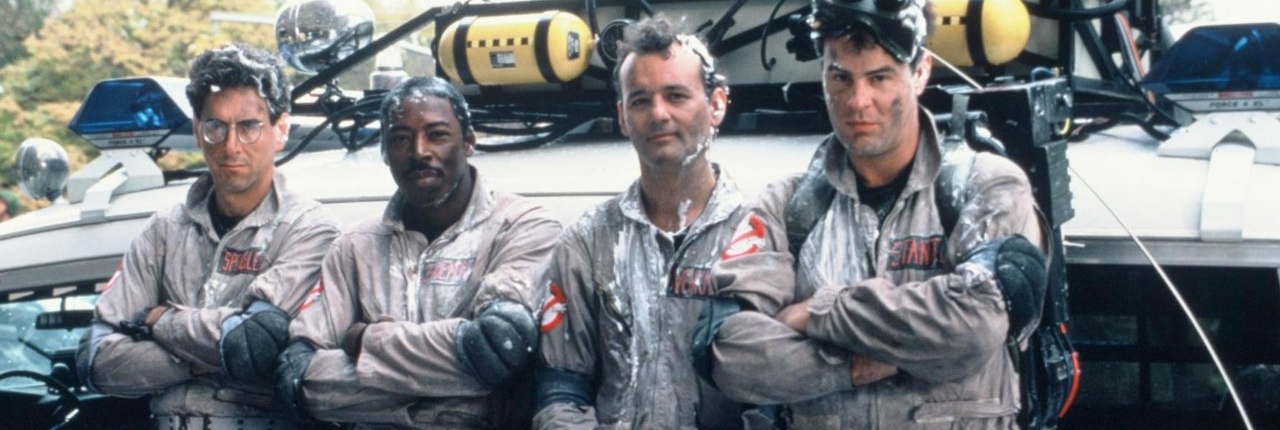
Slime has been a staple in supernatural and sci-fi horror since Ghostbusters made it iconic. Whether you want to recreate the look of something slimy oozing out of the walls or a character covered in goo, slime is easy to make and adds a wonderfully icky element to your scenes.
Real Movie Example
In Ghostbusters (1984), the ectoplasm—better known as “slime”—is practically a character all on its own. This gooey green substance shows up in several scenes, adding a mix of comedy and creepiness to the action.
Whether it’s dripping from ceilings or covering the Ghostbusters after a run-in with a spook, the slime is a perfect example of how practical effects can bring a little fun (and grossness) to a movie.
Pro tip: For an even more authentic Ghostbusters vibe, let the slime drip slowly down walls or onto characters. This ensures you capture that oozy, unpredictable motion on camera.
Check out this tutorial to make your own Ghostbusters slime.
Learn the magic of filmmaking
Whether it’s buckets of blood or haunting apparitions, practical effects are a must-have for any horror filmmaker looking to deliver scares on a budget.
For those who want to master both the digital and physical sides of film, explore our Film Program and Visual Effects Program at The Los Angeles Film School.
We’ll teach you how to bring your wildest cinematic dreams—or nightmares—to life.
